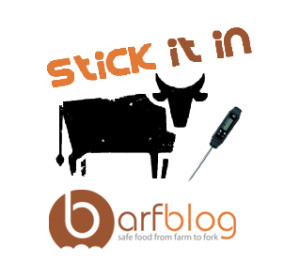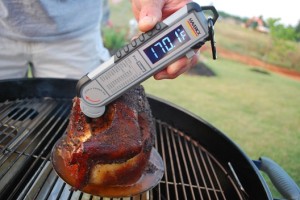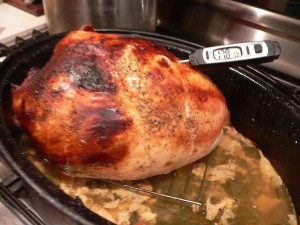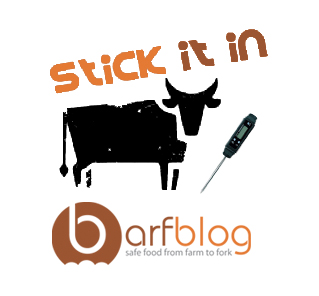As the U.S. Department of Agriculture reminds consumers to avoid raw meat, Japan’s health ministry will ban all raw pork, including raw pork liver, from restaurants because of the “major health risks” it can pose, sources said.
 The ministry’s move will be based on the recommendation of a specialist research panel of the Food Safety Commission, which is under the Cabinet Office.
The ministry’s move will be based on the recommendation of a specialist research panel of the Food Safety Commission, which is under the Cabinet Office.
The panel started discussions on the adequacy of raw pork served at restaurants after a deadly food poisoning outbreak involving raw beef dishes. Panel members on Dec. 10 concluded that uncooked pork should not be served to customers.
The health ministry will revise codes of the food sanitation law to stipulate the ban on serving raw pork at restaurants and other eateries.
Violators of the ban will face business suspension orders and other administrative penalties, the sources said.
In 2012, the government banned raw beef liver for consumption, a popular item at yakiniku barbeque restaurants and izakaya Japanese pubs, following a series of food poisoning cases from raw beef. Some establishments switched to raw pork liver.
USDA says that raw meat dishes like tartare may be more common this time of year, but they still come with health risks.
 “Tiger meat” is another traditional winter dish. Despite the name, this dish is not made using meat from tigers. It’s a holiday mixture of raw ground beef, raw eggs, onions and other seasonings served on rye bread or crackers. Beef tartare, tiger meat, and dishes alike have ground beef and eggs that pose a health hazard when eaten undercooked or raw.
“Tiger meat” is another traditional winter dish. Despite the name, this dish is not made using meat from tigers. It’s a holiday mixture of raw ground beef, raw eggs, onions and other seasonings served on rye bread or crackers. Beef tartare, tiger meat, and dishes alike have ground beef and eggs that pose a health hazard when eaten undercooked or raw.
Raw ground beef has been associated with several large outbreaks of foodborne illness. In 2012, an E. coli O157:H7 outbreak that sickened 17 people in Wisconsin was caused by this traditional dish.
Most bacteria in meat, poultry, seafood, and eggs can be killed by thorough cooking. To prevent illness, ground beef should always be cooked to an internal temperature of 160 °F. The only way to tell if the temperature is right is with a food thermometer. Color is not an accurate indicator that ground beef is fully cooked. Also, if you’re cooking another dish like meatballs or meatloaf, remember not to try any of the dishes before cooking, even if you just want to taste the seasoning.
















